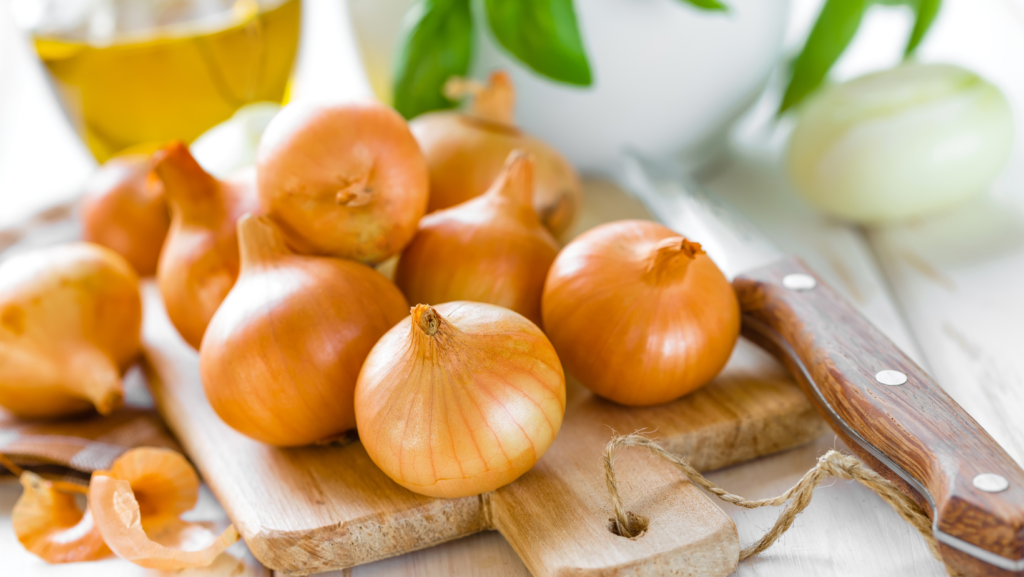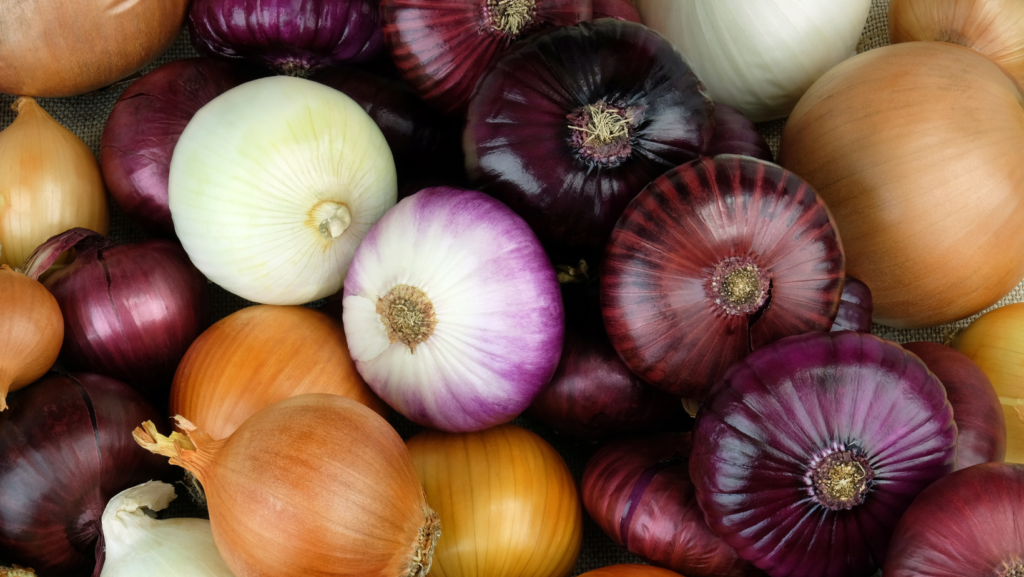
If you’re looking to add some flavor to your home-grown produce, look no further than garlic cloves. Planting garlic is easy and only requires a few simple steps. With a little bit of planning, you can have fresh garlic bulbs at your fingertips in no time. In this article, we’ll discuss factors to consider before planting, how to plant garlic, and how to care for your crop. By the end of this guide, you’ll be a garlic-growing expert!
The best time to plant garlic is in the fall, about 6-8 weeks before the first frost. This gives the bulbs time to establish roots in the garlic scapes before winter sets in. If you live in an area with mild winters, you can also plant garlic in early spring. Just be sure to give the cloves plenty of time to grow before summer arrives.
Garlic is easy to grow from cloves. You can purchase these from a garden center or online retailer. Choose plump, healthy-looking softneck garlic cloves and avoid any that are shriveled or have signs of mold when you plant cloves.
To plant garlic cloves, loosen the soil in your garden bed to a depth of about 8 inches. Then, add a layer of compost or well-rotted manure. This will help to improve drainage and provide nutrients for your crop.
Next, separate the cloves from the bulb and plant them 4-6 inches apart, pointy side up. Cover the cloves with 2-3 inches of soil and water deeply. Be sure to keep the bed moist during the growing season, especially during dry spells.
Once your garlic bulb is planted, there’s not much to do in terms of care. However, there are a few things you can do to ensure a bountiful harvest. Weeding is important to prevent competition for resources. Keep an eye on your garlic bed and pull any weeds that appear.
Fertilizing once or twice during the growing season will also help to promote healthy growth. Use a balanced fertilizer and apply it according to the manufacturer’s instructions. Finally, avoid watering your garlic too much. This can cause the bulbs to split. Water only when the soil is dry to the touch.
Your hard-neck garlic is ready to harvest when the leaves begin to turn brown and die back. This usually happens in late summer or early fall. To harvest, carefully dig up the bulbs with a shovel or spading fork. Be careful not to damage the bulbs as you dig.
Once you’ve harvested your garlic head, brush off any dirt and allow the garlic to cure in a dry, shady spot for 2-3 weeks. This will improve the storage life of your garlic. Once cured, trim the roots and stalks and store the bulbs in a cool, dark place. With proper care, your garlic will last for several months.
With all of your beautiful, home-grown garlic, you may be wondering how to store it. Here are a few tips to keep your garlic fresh and flavorful for as long as possible. Allow your garlic to cure in a dry, shady spot for 2-3 weeks after harvest. This will help to improve its storage life.
Once cured, trim the roots and stalks and store the bulbs in a cool, dark place. A cellar or root cellar is ideal. If you don’t have either of these, you can store your garlic in the fridge wrapped in a paper towel, or placed in a mesh bag. Be sure to check on your stored garlic periodically. If any bulbs begin to sprout, use them immediately. With these simple tips, you can enjoy fresh garlic all winter long.
There are two main types of garlic: hardneck and softneck.
Hardneck garlic is the type typically grown in home gardens. It produces fewer cloves per bulb than softneck garlic, but the cloves are larger and easier to peel. Hardneck garlic also has a shorter storage life than softneck garlic varieties.
Softneck garlic is the type usually found in grocery stores. It produces more cloves per bulb than hardneck garlic, and the cloves are smaller and harder to peel. Softneck garlic bulbs also have a longer storage life than their hardneck counterparts.

While garlic is generally considered to be healthy food, there are a few potential hazards to consider.
Here are a few tips and tricks to help you get the most out of your garlic crop:
There are many benefits to growing and eating garlic. Not only is it healthy food, but it can also help to protect your body from disease. It’s important to eat garlic in moderation, however, as large amounts can cause bad breath and an upset stomach. With a little planning and effort, you can enjoy a bountiful garlic harvest from your own home garden.